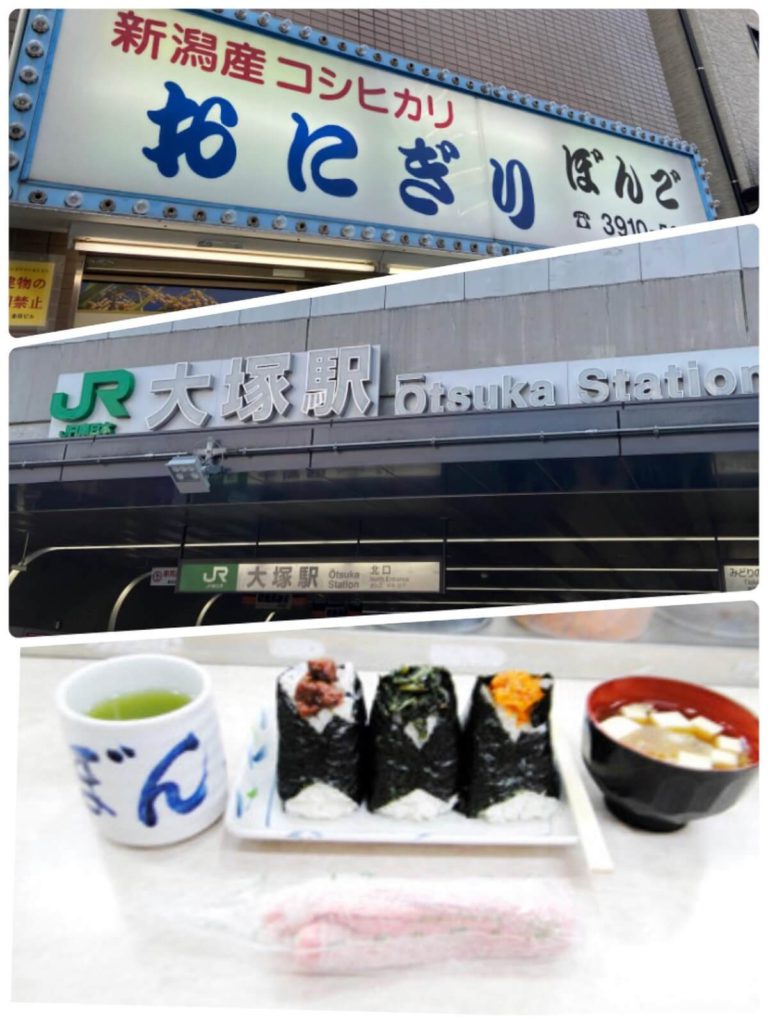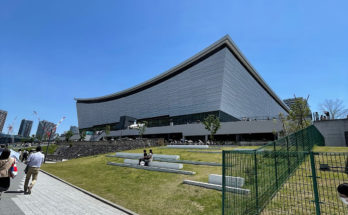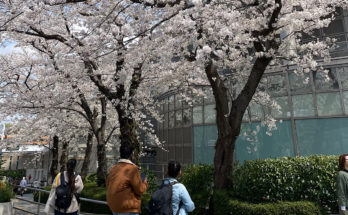New crop rice. We Japanese people love the sound of these words. Japanese people have been eating and living together with rice from time immemorial, and somehow we know since birth that shinmai is really delicious. Shinmai means rice that is harvested in the fall every year. When I see the sticker of “shinmai” on the rice package, it reminds me of silky and shiny rice and makes my mouth water. Eating this kind of rice is our pleasure in fall, and it brings out the best in various kinds of fall ingredients. It’s not an exaggeration to say that rice is a main dish in this season.
Shinmai has a lot of moisture, and freshly steamed rice is shiny like jewelry and tastes like a million bucks. As over 70% of rice consists of starchy materials, it’s so sticky, and the distinctive flavor spreads in your mouth.
How to cook

How do we cook rice at home? I can’t live without a rice cooker these days, but you can use a pressure cooker to cook rice, too. I used to cook with a pressure cooker for a long time because it took only a few minutes to cook. Even so, I bought a rice cooker for some reason. Nowadays, I take full advantage of its useful functions, like a timer and quick-cooking, for my daughter’s school box lunch every day.
Please refer to school box lunches in this article, if you like.
It’s said that 90% of Japanese people eat rice every day, and 60% of whom cook it every day. Do you agree you want to eat delicious rice without time and effort? I get 10 kg of rice delivered using a monthly subscription these days. It’s a lifesaver for housewives.
Just rinse rice and press a button. All set! It’s a piece of cake. When you get the hang of it, you will be able to control the consistency of the rice by increasing or decreasing the amount of water. There are some scales on the inside of the cooker for rice porridge, sushi, curry and something like that. You don’t need to control the amount of water. What a great function they have! I heard that Japanese rice cookers are popular appliances all over the world. Is it true?
Onigiri
1. I highly recommend taking rice balls and eating in the open air when you take part in sports day, picnics, visiting fall foliage places and hiking under the beautiful fall sky. It would be exceptional. Nowadays, onigiri is available everywhere, like at convenience stores, specialty shops and places like that. Why don’t you bring onigiri with you outside?

2. Bongo is an favorite all time onigiri shop located near Otsuka Station on the Yamanote Line in Tokyo. It offers big, fluffy and warm onigiri. When you take a bite gently, you would understand why a long line in front of the shop shows up. Furthermore, there are lots of options for fillings. Choosing the fillings is a kind of attraction. It is often introduced on TV shows and magazines, and a woman from a European country came to look for an ultimate onigiri and learned the secret of deliciousness. The TV show let me know about the existence of the shop for the first time. Try it when you are close to there. Both eat-in and takeout are available.
3. Are you a crispy type of nori (dried seaweed) person (=Paripari-ha) or a moist type of nori person (=Shittori-ha)? It often happens to be a small topic among people. The difference is the timing of when you put nori on onigiri. Shittori-ha likes nori that contains fluid. In other words, you put nori on when you make an onigiri. On the other hand, paripari-ha likes to put nori on onigiri just before eating it in order not to be moist seaweed. See if you can figure out your preference. Incidentally, there seem to be many onigiri shops which are particular about seaweed and salt. Come to think of it, onigiri consists of nori with a hint of sea, fluffy and shiny rice and your favorite fillings. That’s a perfect Japanese style fast food.
Japanese trivia
Speaking of shinmai in Japanese, it has another meaning that is derived from the original one. It means “a newcomer” who takes part in an event or joins the team for the first time.
Onomatope summary in this article
- つやつや(Tsuya-tsuya) – The state of being glossy and beautiful
Ex. Beautiful hair - ふわふわ (Fuwa-fuwa) – The state of being soft and inflated
Ex. Fluffy buns, Fluffy blankets - ぱりぱり (Pari-pari) – The sound of chewing something thin and hard
Ex. Crispy chips - きらきら (Kira-kira) – The state of being brilliant
Ex. Sparkling eyes, Shiny stars - もちもち (Mochi-mochi) – The state of being soft and sticky
Ex. Sticky rice, Sticky skin
Conclusion

I’m assuming all food and ingredients are the same, and rice farmers raise it painstakingly. I bet many Japanese people try to eat the last grain of rice and leave no grains in the bowl. I’m grateful to all farmers. I hope that all you guys eat new crop rice and are filled with a sense of satisfaction. Let’s say, “Itadakimasu.”
Please refer to this article below, if you have no idea about “Itadakimasu.”
I live in Tokyo and am working at a pre-school. I’m a nature lover and enjoy experiencing the characteristics of each season. In addition, I like taking care of plants. My strength is improving myself and being able to think in a positive way.





 HTJ has a YouTube page! Check it out
HTJ has a YouTube page! Check it out